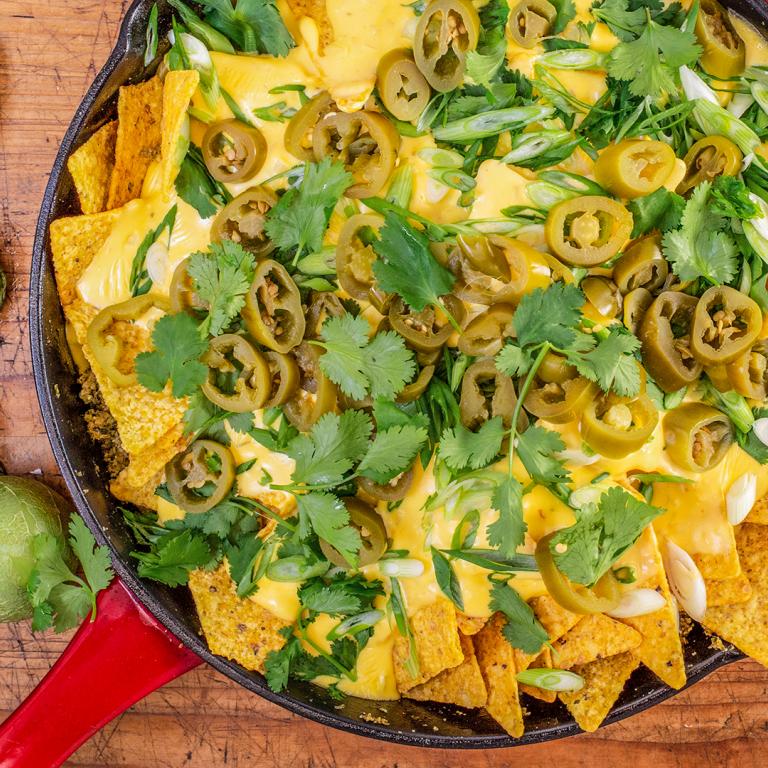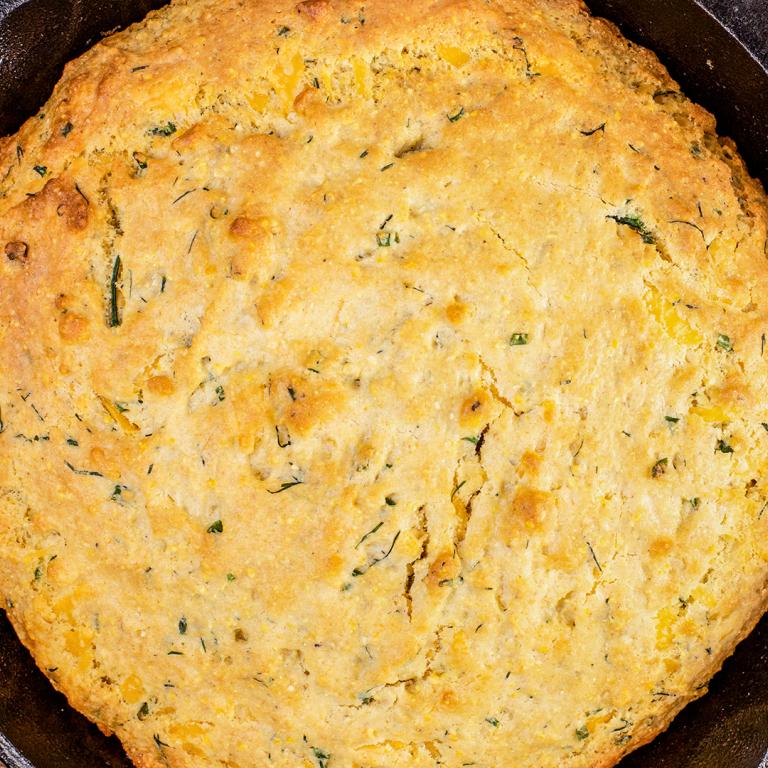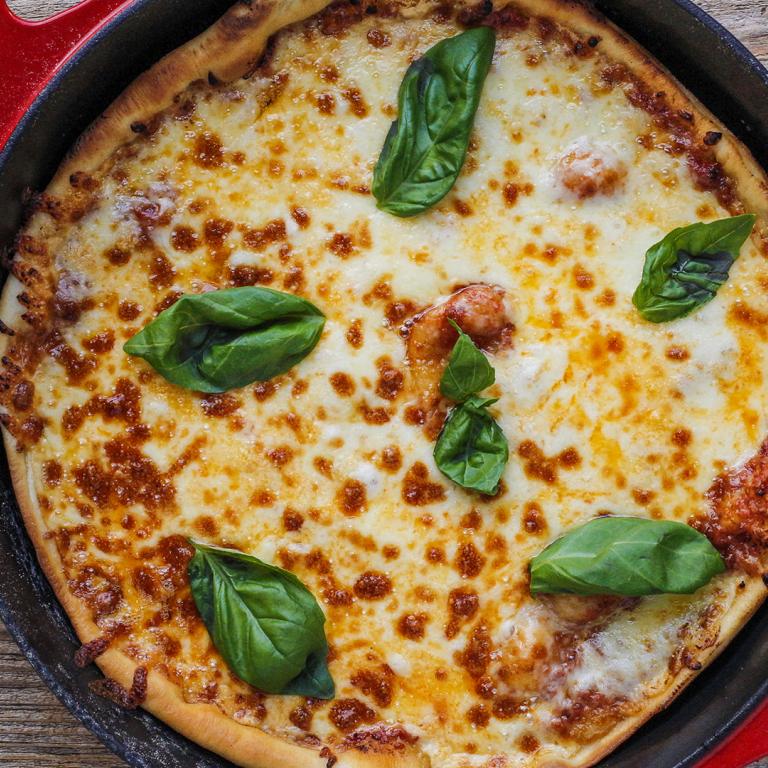

How To Season a Cast-Iron Skillet The Rachael Ray Way

Q&A with Organizational Pro Peter Walsh + Dermatologist Shares A…

Actor Hank Azaria + Freezer Meals + Artichokes 2 Ways with Rach

See Inside Barbara Corcoran's Stunning NY Apartment + It's Steak…

Donnie Wahlberg Spills Details About NKOTB's First Ever Conventi…
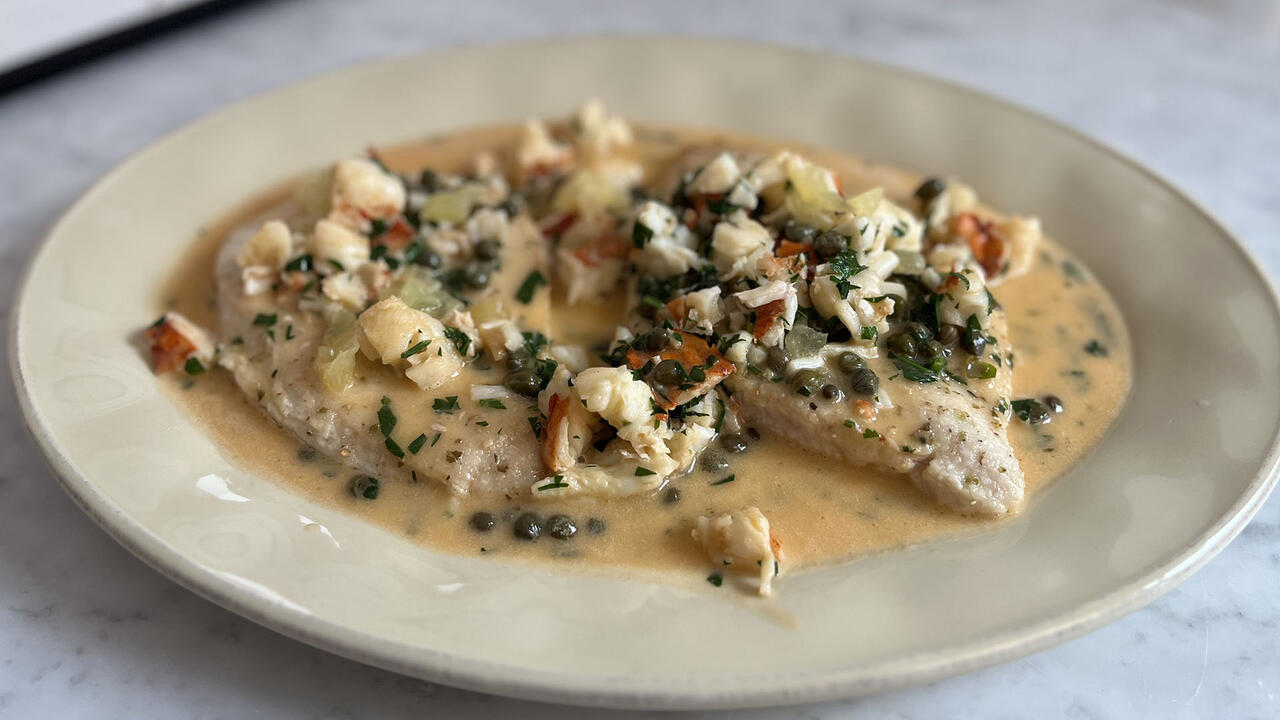
How to Make Chicken and Lobster Piccata | Richard Blais

Donnie Wahlberg + Jenny McCarthy Say Rach Is Such a "Joy" + Look…

The Best Moments From 17 Seasons of the Show Will Make You Laugh…

How to Make Crabby Carbonara | Rachael Ray
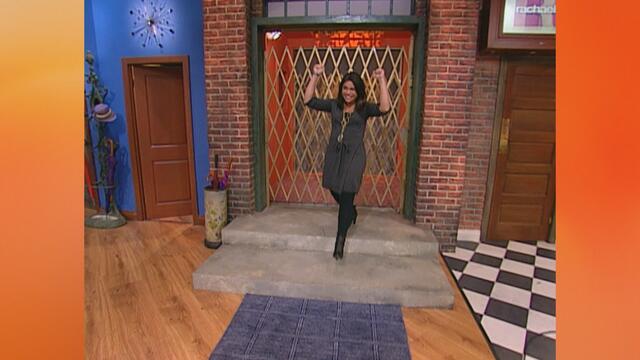
Rach Chats "Firsts" In Flashback From Our First Episode Ever In …

Rach's Chef Pals Say Goodbye to Show in Surprise Video Message
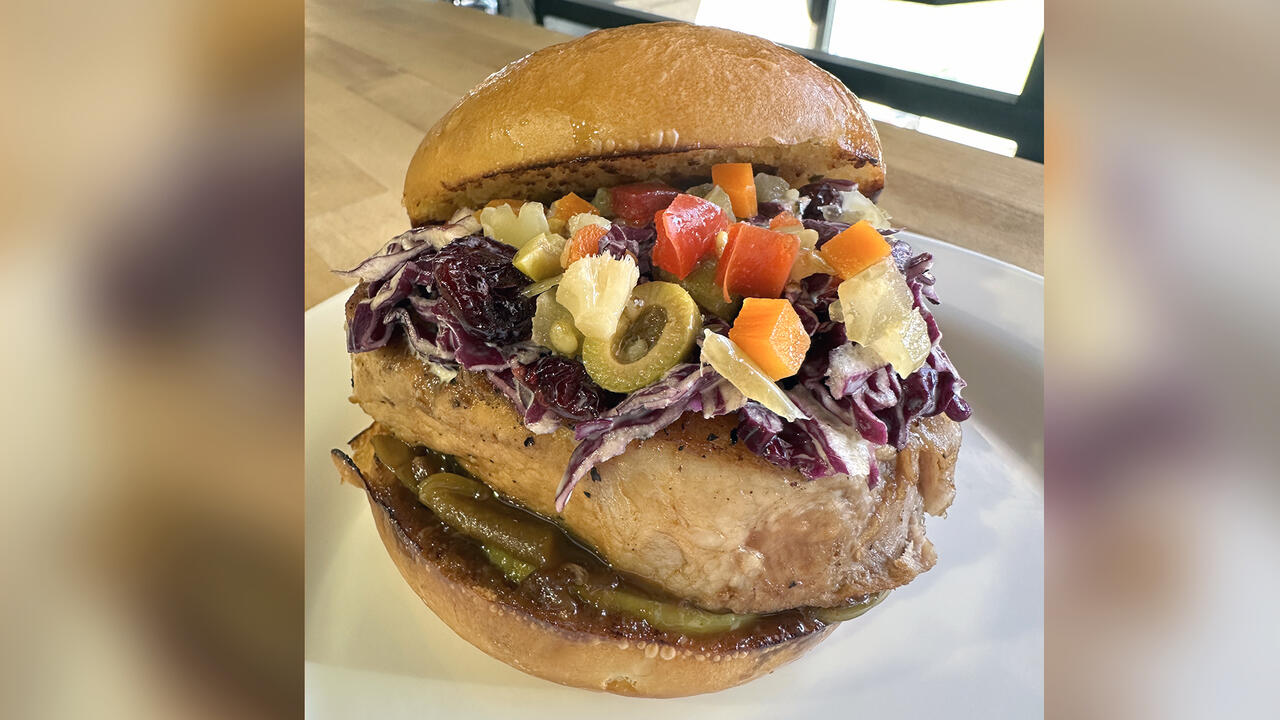
How to Make Apple-Cider Braised Pork Chop Sandwiches with Onion …
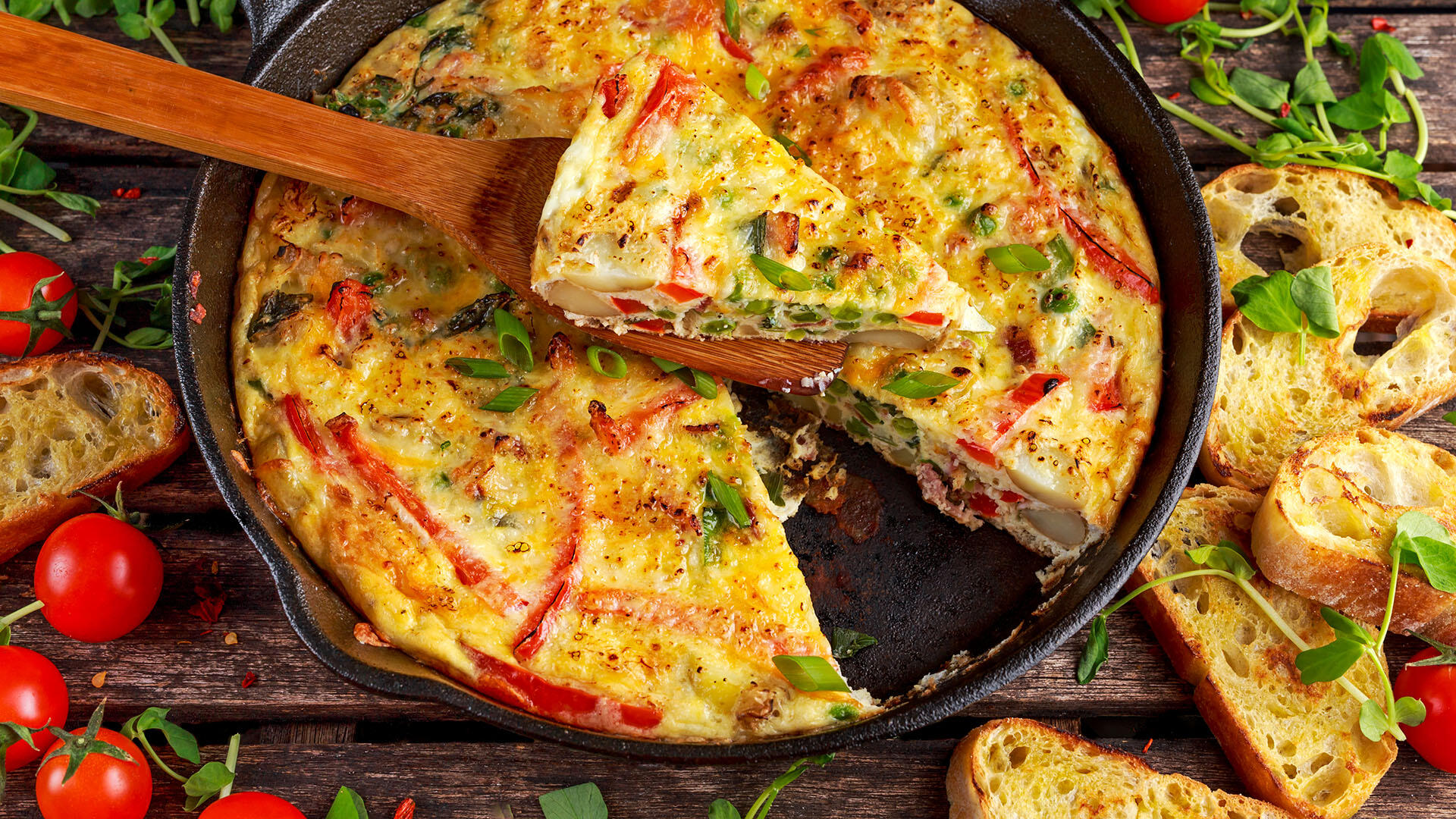
How to Make Tortilla with Potatoes, Piquillo Peppers and Mancheg…
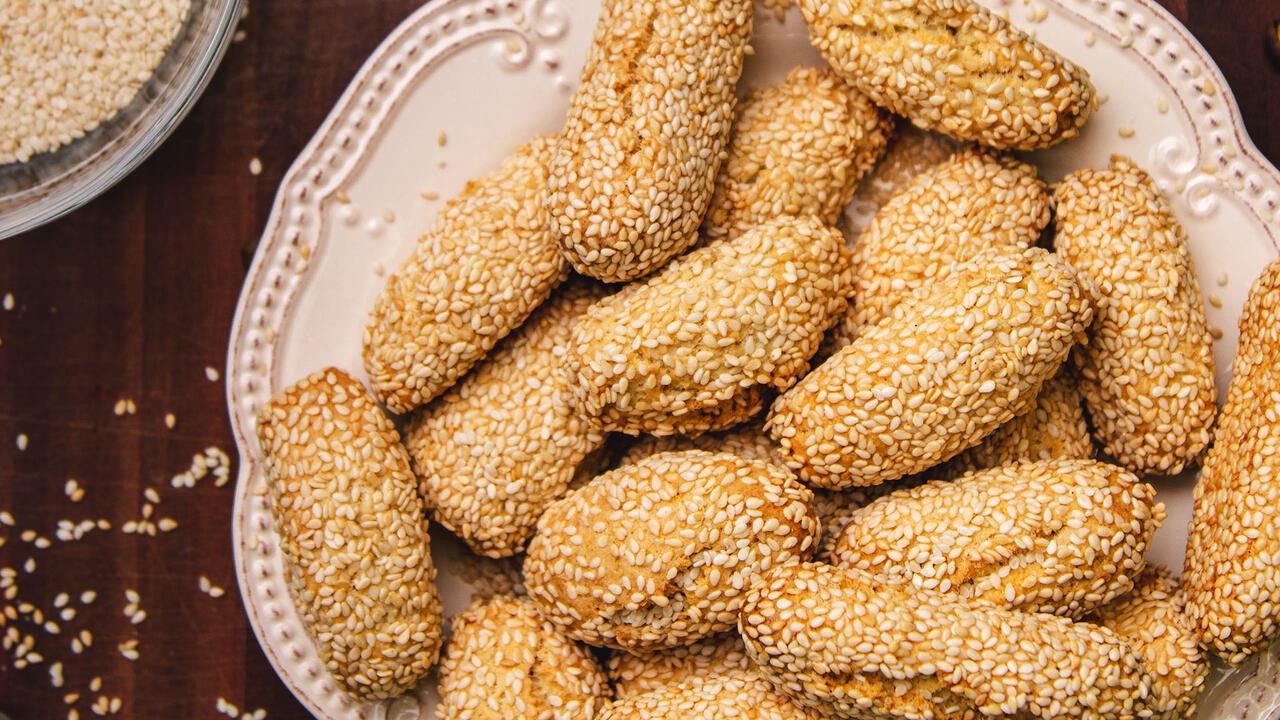
How to Make Sesame Cookies | Buddy Valastro

Michelle Obama Toasts Rach's 17 Years on the Air With a Heartfel…

Celebrity Guests Send Farewell Messages After 17 Seasons of the …

Celebrity Guests Send Farewell Messages After 17 Seasons of the …

Andrew McCarthy Chokes Up Discussing Emotional Trip to Spain wit…
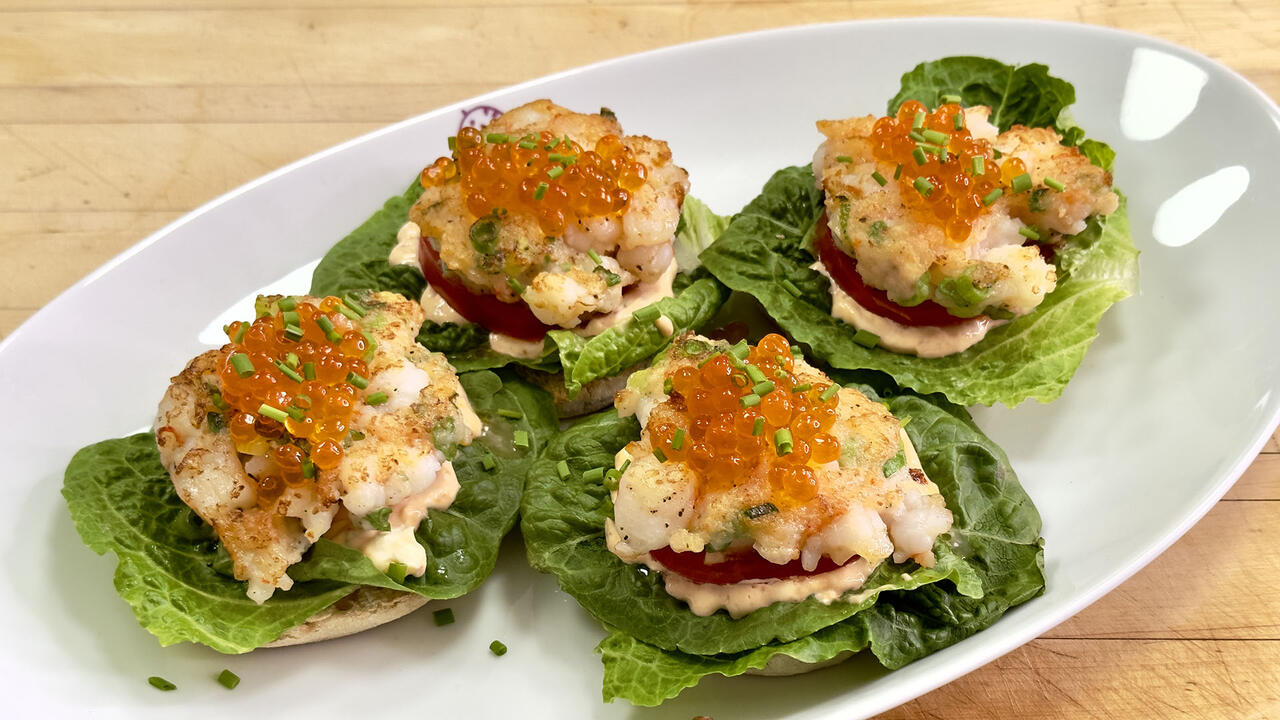
How to Make Shrimp Burgers | Jacques Pepin

How to Make Spanakopipasta | Rachael Ray
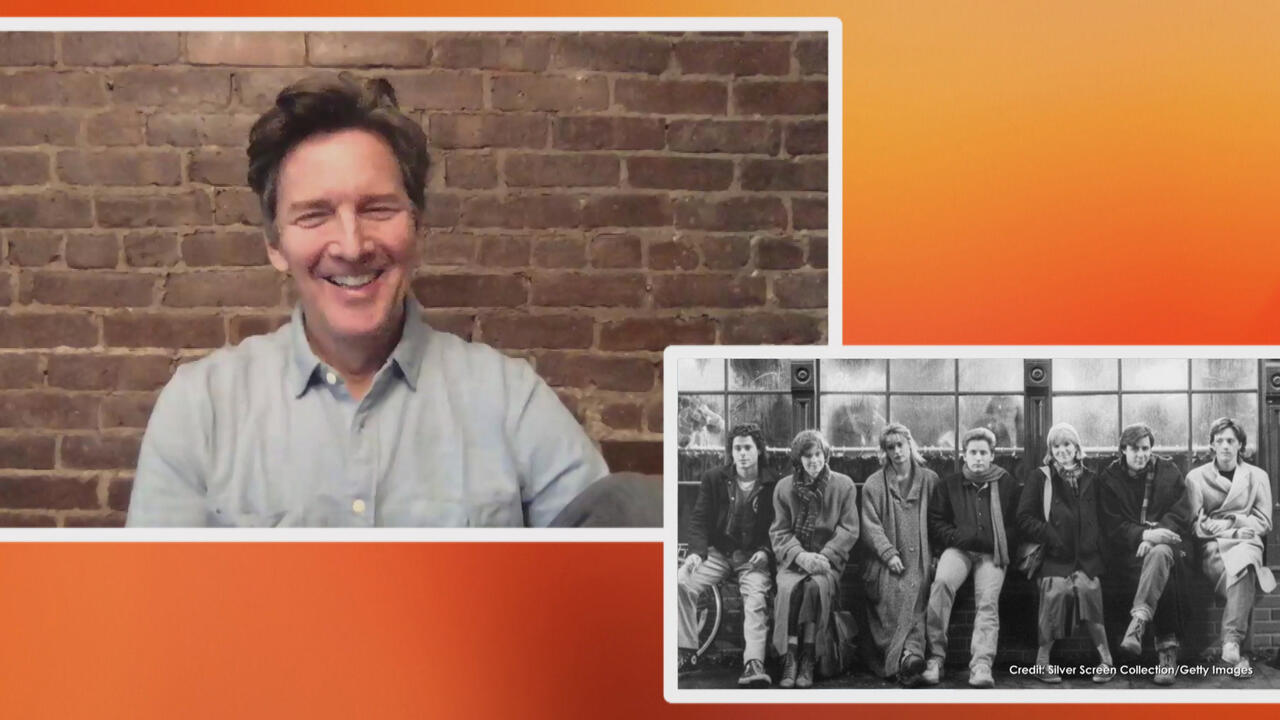
Andrew McCarthy Teases Upcoming "Brat Pack" Reunion Special
Breaking in a cast-iron pan or skillet is easy, but it's oh-so-important to do. Breaking in cast iron — also known as seasoning it — gives your pan a non-stick surface, protects it from rusting and ensures that you can keep on using it for years to come.
Depending on the brand you choose to purchase, your cast-iron skillet may or may not come pre-seasoned. Be sure to read the packaging to find out whether or not your skillet needs to be seasoned when you first buy it.
Either way, in order to keep your cast-iron skillet in tip-top shape, you'll have to break it back in again every once in a while. Or, as Rach puts it, "You have to give it a little love."
So, whether you're trying to bring an old cast-iron skillet back to life or you just bought one that recommends seasoning first, Rachael has a simple how-to guide to break in your cast-iron pan the right way. And don't worry, it's super easy!
STEP 1: PUT YOUR OVEN ON LOW
The first step is to put your oven on. Rach recommends setting it at about 250°F, nice and low.
STEP 2: ADD OIL TO THE SKILLET
Next, drizzle a little bit of oil in the pan and use a paper towel to wipe it around so your skillet is evenly coated with oil.
Rachael has another great tip for ensuring that you end up with an even seasoning (and that you don't end up with little puddles of oil in the pan).
"Invert it onto a baking sheet," Rach says, "so that it'll catch any oil from dropping onto the bottom of your oven."
STEP 3: PUT THE SEASONED SKILLET IN THE OVEN
Put the pan in the oven and leave it in there for several hours, or even all day.
And that's it! Simply rub the pan with a little oil and leave it in an oven on low heat all day.
When it comes out, you'll have a cast-iron skillet with a glistening surface that's non-stick, according to Rachael.
Don't forget to do this every so often to keep your skillet nice and seasoned.
If you are shopping for a new cast-iron skillet, Rachael says there's one thing you should definitely look out for: a helper handle!
Cast-iron pans are very heavy even when they're empty, so you should choose one that has a helper handle on the far side of the skillet.
"You want to be able to manipulate the skillet on and off the stove and in and out of the oven," Rach says. "And you need a nice, stable, balanced pan when it's hot and filled with hot food."
RELATED: Skillet Cookie For 2



